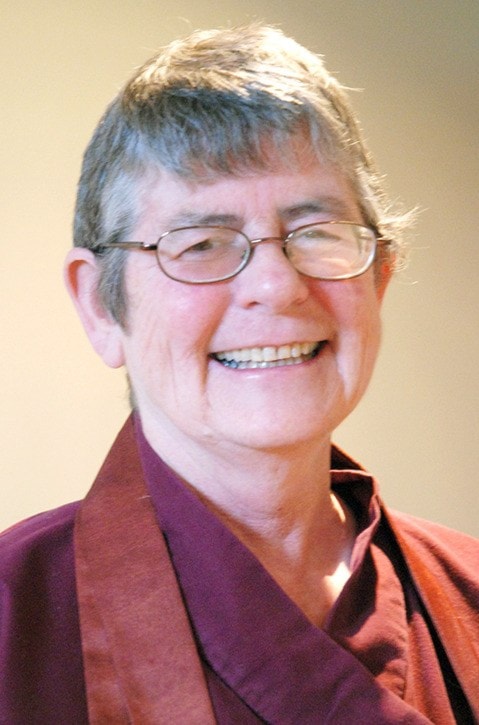In his essay, “Mountains and Rivers Sutra”, 13th century Zen Master Eihei Dogen criticizes the monks he met during his five-year stay in China who insisted that Zen was over-rooted in Buddhism, that it was simply a new form of Taoism and that its practices were yet another method to awaken to spontaneous enlightenment. Dogen felt that to set up enlightenment as Zen’s primary goal ignored the fact that Zen is an expression of Buddhist teaching and includes deep study of Buddhist scripture. He insisted that presenting Zen as nothing other than an aesthetic spiritual experience robbed people of the healing potential of Buddha’s teaching.
Zen is not about the arts. The study of Zen writings is not a literary exploration. To adopt that view is to eliminate significant aspects of Zen and realize only one dimension of the practice. Let’s be clear: Zen is Buddhism and Buddhism is Zen.
Dogen saw himself as responsible for conveying Buddhism to Japan and was adamant that the Japanese people get it right. But we live in North America where the marketplace manipulates our values. If an object or an idea or a process sells, it’s good. In the marketplace, Zen has been reduced to a marketing tool for no other reason than to link a product with something good. Here in North America, as in Dogen’s 13th century China and Japan, Buddhism has been dropped from Zen. But Buddhism is the thread that ties Zen to its origins. Consider a needle as it slips through fabric. If it holds no thread, what has it done to the cloth? Nothing. Buddhism is not irrelevant to Zen; it is the thread that holds the practice together.
In the long view of history, Zen Buddhism was introduced to the West less than 15 minutes ago. It arrived with sincere intention to make the teachings understandable to the people who live here. North American teachers don’t know a lot. We do our best to transmit Zen in a way that is understandable to the West, but that doesn’t mean dropping the idea that Zen is an expression of the Buddhist teachings, nor does it mean divorcing Zen from its roots.
For these reasons, we at Sakura-ji, the Creston zendo, follow practices that Dogen introduced to Japan in the 13th century. We bow when entering the zendo, we burn incense, we sit and walk as the Buddha did, we chant in Japanese and we wear clothing designed for trainees in fifth century India, in eighth century China and in 13th century Japan. We honour these ancient traditions and resist changing them because they take care of the people who are looking for an authentic Zen practice.
Suggested practice: Try one traditional Zen practice in your daily life. The easiest is bowing. Choose one activity that you do regularly, like gardening or washing dishes, and bow before starting and after finishing them for two weeks. Investigate the impact of this practice on your body and mind.
Kuya Minogue is the resident teacher at Sakura-ji, Creston’s zendo. This column is part of a long essay on an essay by 13th century Zen master Eihei Dogen and is inspired by the teaching of Norman Fischer. For more information, Minogue can be reached at 250-428-6500, and previous columns are available at www.zenwords.net.
